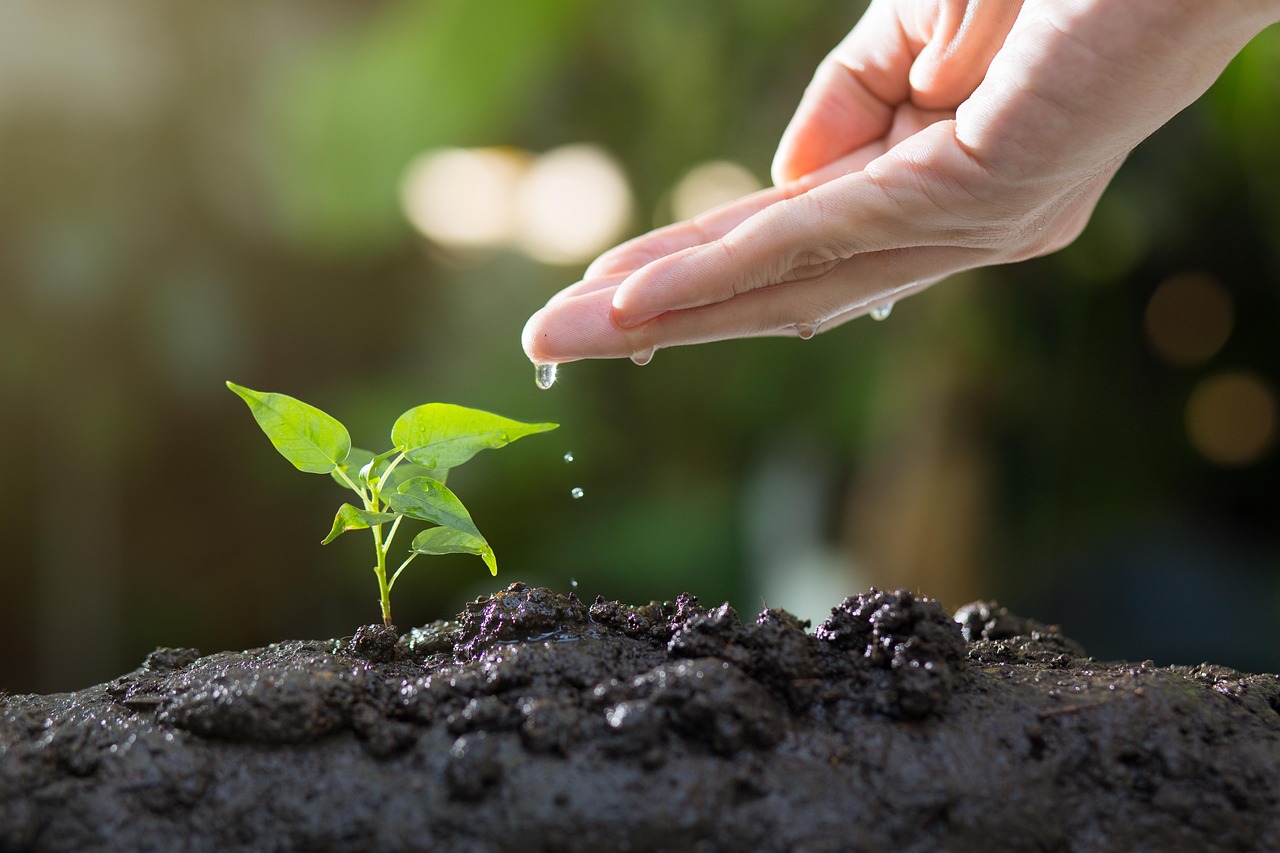Gardening is a deeply rewarding endeavor, but even the most enthusiastic beginners can make mistakes that hinder plant growth and productivity. From watering missteps to improper plant placement, small errors can lead to disappointing results. Understanding these common gardening mistakes will help you create a thriving, resilient garden. By applying the right techniques, such as proper watering and soil preparation for gardening, you’ll ensure your plants receive the best possible care. Let’s explore the most frequent gardening pitfalls and how to avoid them.
Overwatering or Underwatering Plants
Watering seems simple, but it’s one of the most common gardening mistakes. Overwatering suffocates roots, leading to rot, while underwatering leaves plants stressed and dehydrated. The key is to understand each plant’s moisture needs. Proper watering techniques involve deep, infrequent watering rather than light, daily sprinkles. Check soil moisture by inserting a finger a couple of inches deep—if it feels dry, it’s time to water. Using mulch helps retain moisture and reduces the frequency of watering.
Ignoring Soil Quality and Preparation
Healthy plants start with healthy soil, yet many gardeners skip soil preparation for gardening. Poor soil leads to weak growth and low yields. Conducting a soil test determines pH levels and nutrient deficiencies, allowing for proper amendments. Adding organic matter like compost or well-rotted manure improves texture, aeration, and fertility. Avoid compacted soil by loosening it with a garden fork before planting.
Planting in the Wrong Location
Sunlight exposure plays a crucial role in plant health, and planting in the wrong location can result in weak, leggy plants. Most vegetables and flowers need at least six hours of direct sunlight daily. Shade-loving plants, such as ferns and hostas, thrive in lower light. Consider wind exposure as well—strong gusts can damage delicate plants. Observing your garden’s microclimates will help you determine the best spot for each type of plant.
Crowding Plants Too Closely
It’s tempting to plant densely, especially when seedlings are small, but overcrowding leads to competition for nutrients, poor air circulation, and increased susceptibility to disease. Spacing plants according to their mature size allows for proper growth. Thinning seedlings early ensures they develop strong root systems. When in doubt, follow spacing recommendations on seed packets or plant labels.
Neglecting Proper Mulching
Mulching benefits plants by retaining moisture, suppressing weeds, and regulating soil temperature. However, using the wrong type of mulch or applying it incorrectly can cause problems. Organic mulch, such as wood chips, straw, or shredded leaves, decomposes over time and enriches the soil. Avoid piling mulch directly against plant stems, as this can encourage rot and attract pests. A 2-3 inch layer is ideal for most garden beds.
Choosing the Wrong Plants for Your Climate
Planting species that don’t match your climate is a recipe for frustration. Some plants require cool conditions, while others thrive in heat. Researching the best plants for your climate ensures success. Native plants are often the easiest to maintain, as they are already adapted to local conditions. Additionally, selecting heat-tolerant or frost-resistant varieties based on your growing zone will save time and effort.
Failing to Rotate Crops Annually
Growing the same crops in the same location year after year depletes soil nutrients and increases the risk of disease and pests. Crop rotation importance cannot be overstated—it improves soil health and disrupts pest life cycles. A simple rule is to avoid planting the same family of crops in the same spot for at least three years. Rotating nitrogen-fixing plants, like beans and peas, with heavy feeders, such as tomatoes and peppers, helps maintain balanced soil fertility.
Overlooking Pest and Disease Management
Ignoring pest infestations or plant diseases early on can lead to garden-wide devastation. Organic pest control methods, such as introducing beneficial insects like ladybugs and lacewings, help keep populations in check. Neem oil and insecticidal soaps provide effective, natural solutions. Regularly inspecting plants for signs of trouble—yellowing leaves, chewed foliage, or discolored spots—allows for prompt intervention before problems escalate.
Improper Pruning Techniques
Pruning is essential for plant health, but improper cuts can do more harm than good. Common pruning mistakes to avoid include cutting too close to the trunk, pruning at the wrong time of year, and removing too much foliage at once. Use sharp, clean tools to prevent disease spread. For fruiting plants, pruning encourages higher yields by directing energy toward productive growth. Understanding each plant’s pruning requirements ensures vigorous, healthy development.
Forgetting to Feed Plants Adequately
Plants require nutrients just like humans do. Overlooking proper fertilization leads to weak, underperforming plants. How to fertilize plants correctly depends on their needs—some prefer slow-release organic fertilizers, while others benefit from liquid feeds. Compost, fish emulsion, and worm castings provide natural nutrients without the risk of chemical buildup. Fertilizing at the right time, typically in early growth stages and before flowering, ensures robust, productive plants.
Summary
Gardening success comes from learning, adapting, and avoiding common gardening mistakes. From using proper watering techniques to understanding soil preparation for gardening, every step contributes to a thriving garden. With careful planning, attention to detail, and the right strategies, you’ll cultivate a lush, productive outdoor space. By embracing these gardening tips for beginners and seasoned growers alike, your garden will flourish season after season.
Please like, comment, and share this article if you found it helpful and
informative.
Visit Big Town Bulletin if you would like to see more of this content.
Please like, comment, and share this article if you found it helpful and
informative.
For more news check out Big Town Bulletin News
For more from Big Town Bulletin check out Big Town Bulletin


